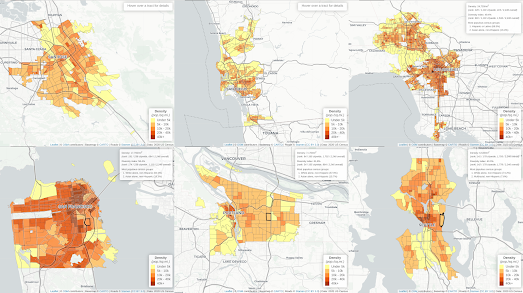Сообщения
Сообщения за февраль, 2023
Build Your Own Subway Map
- Получить ссылку
- X
- Электронная почта
- Другие приложения
The Real-Time NYC Subway Map
- Получить ссылку
- X
- Электронная почта
- Другие приложения
Lightship Earth
- Получить ссылку
- X
- Электронная почта
- Другие приложения
A Year of War in Ukraine
- Получить ссылку
- X
- Электронная почта
- Другие приложения
Mapping Fictional Spy Balloons
- Получить ссылку
- X
- Электронная почта
- Другие приложения
Depopulation Pyramids
- Получить ссылку
- X
- Электронная почта
- Другие приложения
Police Carry out 5% of Homicides
- Получить ссылку
- X
- Электронная почта
- Другие приложения
Southerners Have Poor Credit & Poor Health
- Получить ссылку
- X
- Электронная почта
- Другие приложения
Meres, Lochs & Llyns
- Получить ссылку
- X
- Электронная почта
- Другие приложения
Where People Will Die from Global Heating
- Получить ссылку
- X
- Электронная почта
- Другие приложения
Trash Can Earth
- Получить ссылку
- X
- Электронная почта
- Другие приложения
Twittens, Ginnels and Jitties
- Получить ссылку
- X
- Электронная почта
- Другие приложения
Prague in 3D
- Получить ссылку
- X
- Электронная почта
- Другие приложения
The World's Most Democratic Countries
- Получить ссылку
- X
- Электронная почта
- Другие приложения
The Population Density of West Coast Cities
- Получить ссылку
- X
- Электронная почта
- Другие приложения
24 Hours of Ship Traffic in the Bay
- Получить ссылку
- X
- Электронная почта
- Другие приложения
Is Seattle a 15-Minute City?
- Получить ссылку
- X
- Электронная почта
- Другие приложения
A Heat Map of U.S. Road Fatalities
- Получить ссылку
- X
- Электронная почта
- Другие приложения
Scrollytelling Video Mapping
- Получить ссылку
- X
- Электронная почта
- Другие приложения
Ten Conflicts to Watch in 2023
- Получить ссылку
- X
- Электронная почта
- Другие приложения
Global Population Density
- Получить ссылку
- X
- Электронная почта
- Другие приложения
Speed Limited Travel Times
- Получить ссылку
- X
- Электронная почта
- Другие приложения
Why Your Street Has That Name
- Получить ссылку
- X
- Электронная почта
- Другие приложения
The Viking Invasion
- Получить ссылку
- X
- Электронная почта
- Другие приложения























